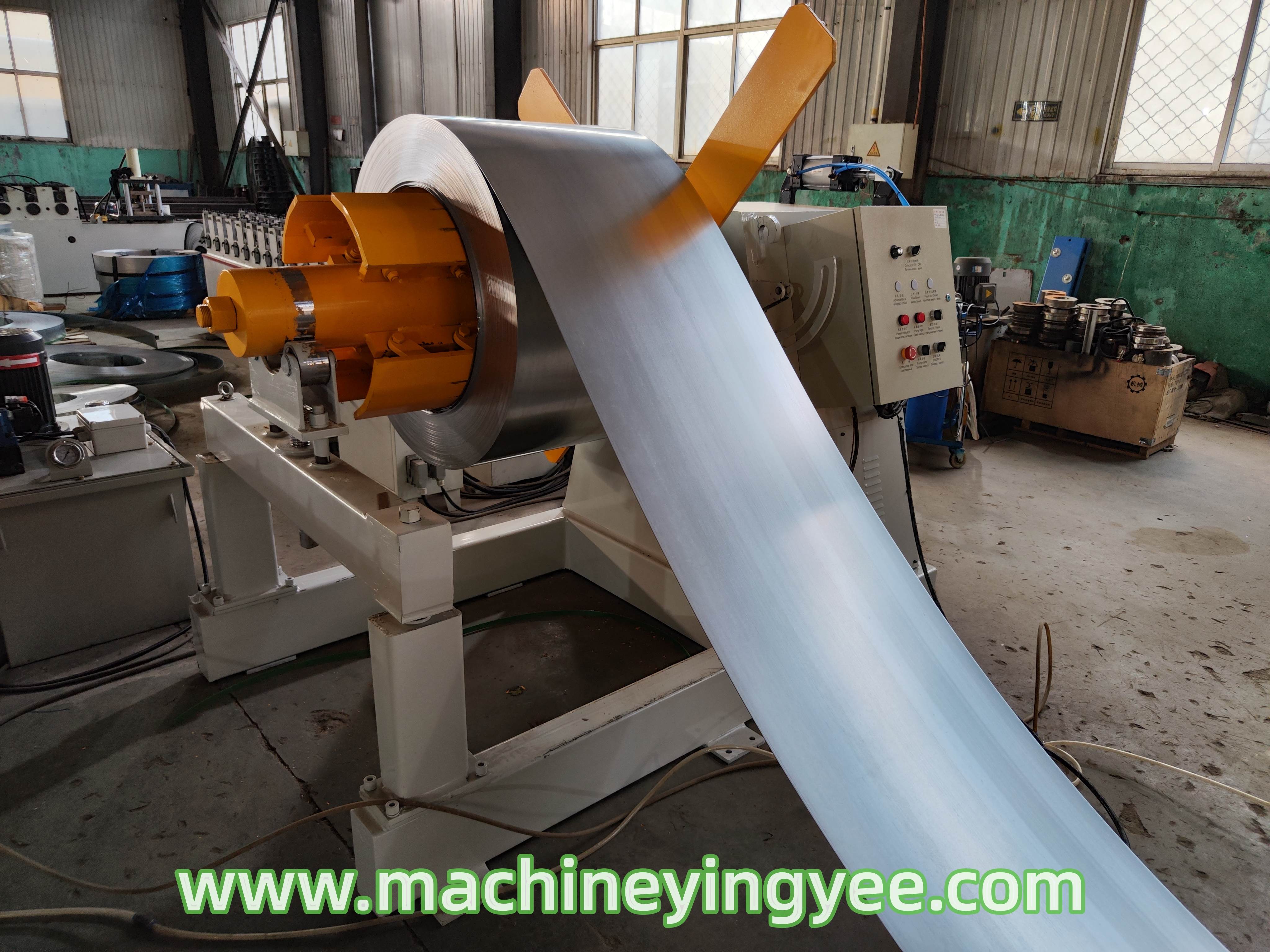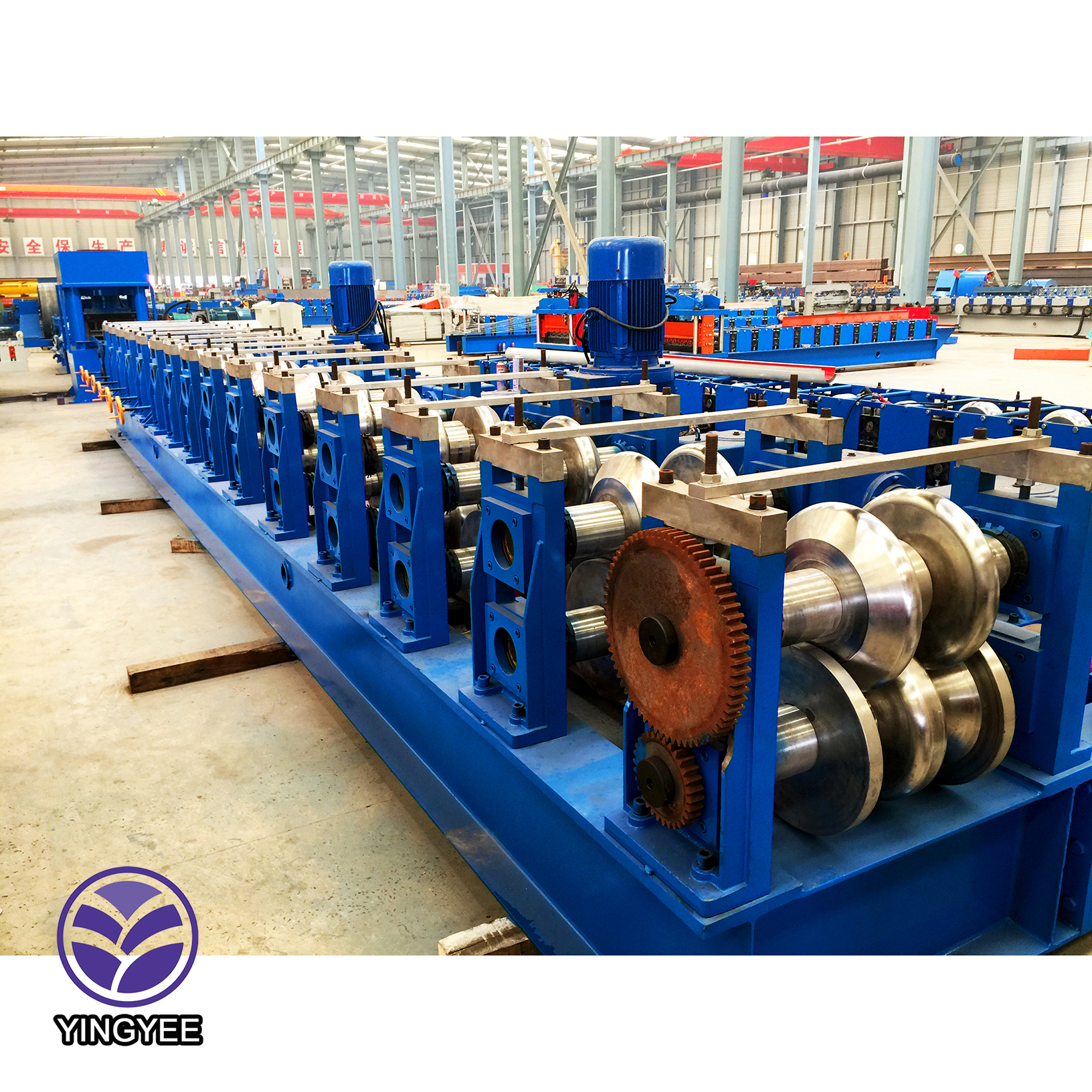The innovative domain of ceiling panel installation is witnessing a transformative addition with the introduction of advanced ceiling panel rolling machines. This evolving technology is not just a trend; it's a breakthrough that ensures efficiency, precision, and cost-effectiveness in the construction and interior design industries. As professionals seek to enhance their operational workflows, understanding the capabilities and benefits of these machines is paramount.

Specialized for crafting ceiling panels, rolling machines can handle a myriad of materials and designs that were previously cumbersome to produce. The process is streamlined, ushering in a new era where durability, aesthetics, and function seamlessly align. By employing ceiling panel rolling machines, architects and construction professionals can now achieve consistent quality, which is a significant challenge in manual processes.
The precision of these machines stems from their sophisticated design. Equipped with computer-aided controls, they ensure that each panel is rolled to the exact specifications required for any given project. This precision minimizes material waste—a crucial consideration for environmentally-conscious consumers. It also reduces the margin for error, which can be costly both in terms of time and resources.

From an operational standpoint, efficiency is key in modern construction environments.
Ceiling panel rolling machines significantly cut down production time. Where manual production could take hours for even the most skilled workers, these machines complete tasks in a fraction of the time, freeing up human resources for other crucial tasks in the construction or renovation timeline. Furthermore, the machines are designed to handle large volumes without compromising on quality, which is a game-changer for large-scale projects.
The versatility of ceiling panel rolling machines cannot be overstated. They accommodate various materials, be it metal, composite, or wood, and deliver consistent results with each roll. This adaptability allows designers to experiment with new materials and design concepts, pushing the boundaries of innovation in interior spaces. Designers can confidently propose ambitious concepts to clients knowing these machines can actualize their visions reliably.
ceiling panel rolling machine
Moreover, from a financial perspective, investing in ceiling panel rolling machines can lead to substantial returns. The initial outlay is mitigated by the reduction in labor costs, decreased material wastage, and the ability to bring projects to completion faster. In a competitive market, being able to offer faster turnaround times without sacrificing quality can be a definitive factor in securing new contracts.
In terms of expertise, working with ceiling panel rolling machines necessitates a certain level of training. Operators should be acquainted with the machine's interface and maintenance requirements. Manufacturers often provide comprehensive training programs, ensuring operators can maximize the machines' capabilities while maintaining operational safety standards. As such, ensuring that teams are appropriately trained not only enhances performance but also contributes to safety on site, which fosters trust with clients and stakeholders.
Finally, the promise of ceiling panel rolling machines lies in their ability to elevate overall quality in the industry. They reinforce the commitment to delivering excellence—a cornerstone in building trust and establishing authority within the market. As these machines become an industry standard, the businesses that adopt them are poised to lead the charge into a new age of construction and design, characterized by technological adeptness and enhanced manufacturing processes.
In conclusion, ceiling panel rolling machines are not merely tools—they represent a paradigm shift in how ceiling panels are produced and implemented. Their integration into construction practices enhances productivity, supports eco-friendly initiatives, and positions companies as leaders in innovation and quality craftsmanship. Embracing this technology sets a foundation for future advancements, underscoring the importance of investing in tools that are as dynamic and resilient as the industry they serve.


